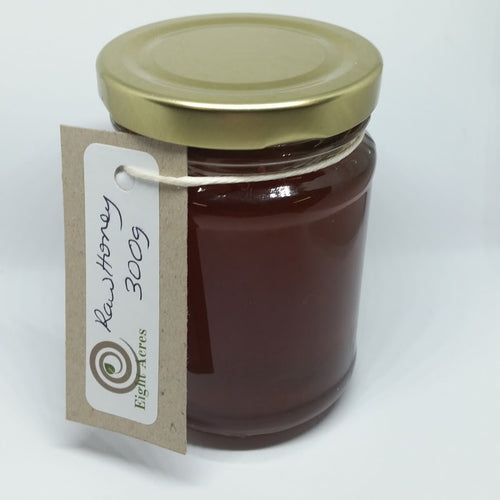Beginner beekeeper: How to harvest honey
Choose your frames
Effectively the honey is emergency food stores for the bees, so you have to be very careful not to take too much from the hive. You need to be aware of what is flowering and going to flower next and the climate. Particularly in areas with cold winters, where the bees cannot forage for some time.
We are lucky to have something flowering most of the year and can take honey in Spring and Summer. You can take any frame that has more than 70% of the comb capped (sealed), Don't worry if there is some brood on the comb - you will strain that out, but make sure you don't take the queen! We stopped using queen excluders (that stop the queen getting into the top box) as it seemed to make the hive weaker.
Collect your frames
We put the frames that we are taking into a clean empty super, with a spare lid underneath, and put an escape board on top. You can brush most of the bees off the frames, and then the rest will fly out of the escape board (it lets them out but not in again) and this means that MOST of the bees won't be joining you when you're extracting the honey.
Uncap the frames
Load up the extractor
Spin the first side at half speed and only for a few turns to release half the honey in that side. Then stop, remove each frame, turn it around to its other side and replace into the extractor so the honey is being spun from the other side of the wax. Then spin the honey out gradually gathering more speed. Then turn the frames back to the first side again to remove the remaining honey in that side. This is to prevent breaking the wax as the weight of the honey and the centrifugal action forcing the frame to the outside is too heavy for the wax to remain in one piece. The least breakages in the wax means the bees can spend less time repairing the wax and spend more time gathering nectar and pollen to make honey.
Strain the honey






















Leave a comment